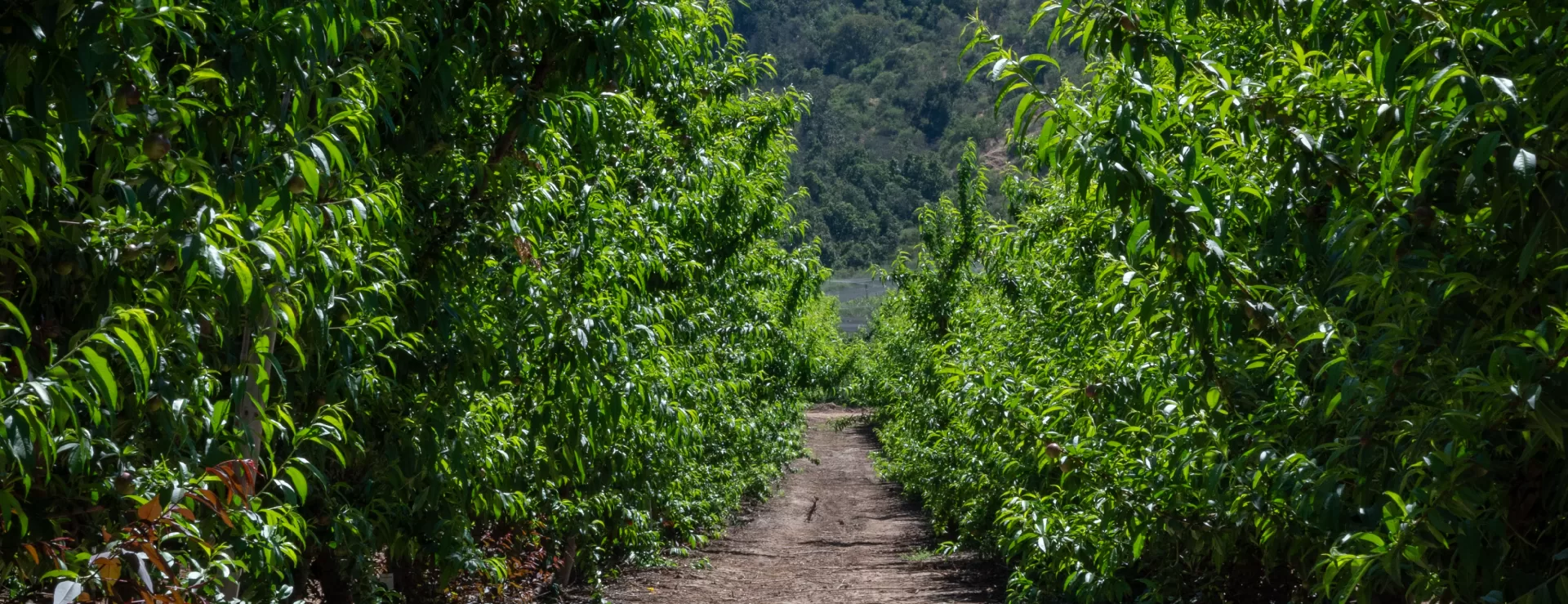- We use the Bayer Phytobac® system, which allows for the purification of water used to clean phytosanitary application equipment. This system works using the biological bed method and allows for efficient and safe cleaning of application equipment, as the effluent is kept in a sealed compartment. The wastewater from washing machinery with phytosanitary products is emptied into these soil and straw containers, where the microorganisms use the agrochemicals, and only the water evaporates into the environment.
- Responsible management of empty containers: Empty containers are delivered to authorized locations and in accordance with current regulations. This means they are triple-washed and perforated to prevent contamination, reuse, and/or spills. They are also stored in restricted-access areas to prevent tampering by unauthorized personnel. Hazardous waste, used oils, used PPE, batteries, toner, etc., are also delivered through authorized channels.
- Use of environmentally friendly products: La Hornilla’s phytosanitary program uses nearly 70% of its products with a green label. Likewise, no products with a red label are used due to their high hazards.
We have flower gardens to increase the number of pollinators. Measurements in the habitats created through our project, on average, doubled the number of pollinating insects evaluated, increased the number of bumblebees by up to 10 times, and the number of native bees by up to 6 times. With the data obtained, we can confirm that at least 70 insect species have been identified, of which 59 are pollinating species and 13 are predators of potential pests.
- 100% Surface Irrigation: This irrigation technique offers several advantages, including minimizing water loss, avoiding leaching of contaminants into groundwater, preventing erosion, and ensuring efficient and controlled use of the resource, thus delivering the exact amount of water to the crop.
- Calculating Irrigation Needs: To ensure optimal resource utilization, crop water requirements will be determined using quantitative data from meteorological stations, crop coefficients, evaporation trays, and tensiometers.
- Using Low Wetting Rates in Foliar Applications: Most agricultural operations use conventional machinery with high wetting rates per ha, which translates to a water use of 1,000 to 2,000 liters/ha. Agrícola la Hornilla applies low volumes of water in almost 90% of its applications due to the use of electrostatic and low-volume machines, applying wetting rates of 500 to 1,000 liters per hectare, which reduces water consumption by approximately 20% per season.
- Actions to improve water resource use:
- Maintain plant mulch to retain soil moisture
- Use plastic roofs (increases relative humidity by 20% and reduces evapotranspiration)
- Join irrigation blocks
- Reduce irrigation frequency
- Reservoir linings
The La Hornilla Agricultural Society seeks to recycle most of its waste. Bottle recycling nets have been installed at most of its branches. Cherry tents, wire, phosphoric acid containers, plastic wrap, and jars, among other items, have also been sent to recycling centers.

